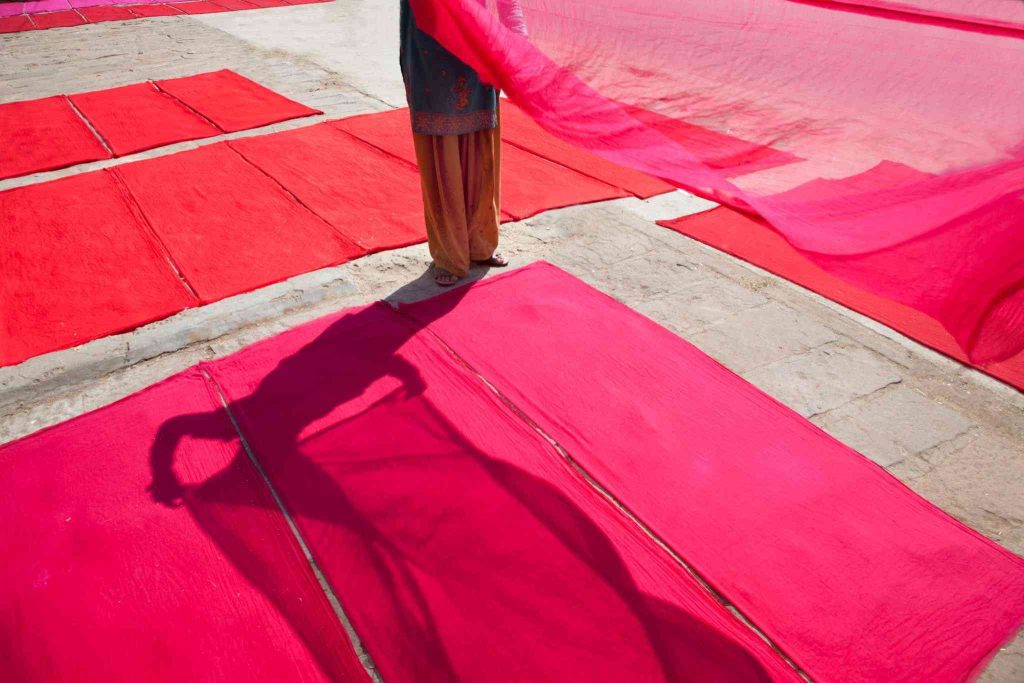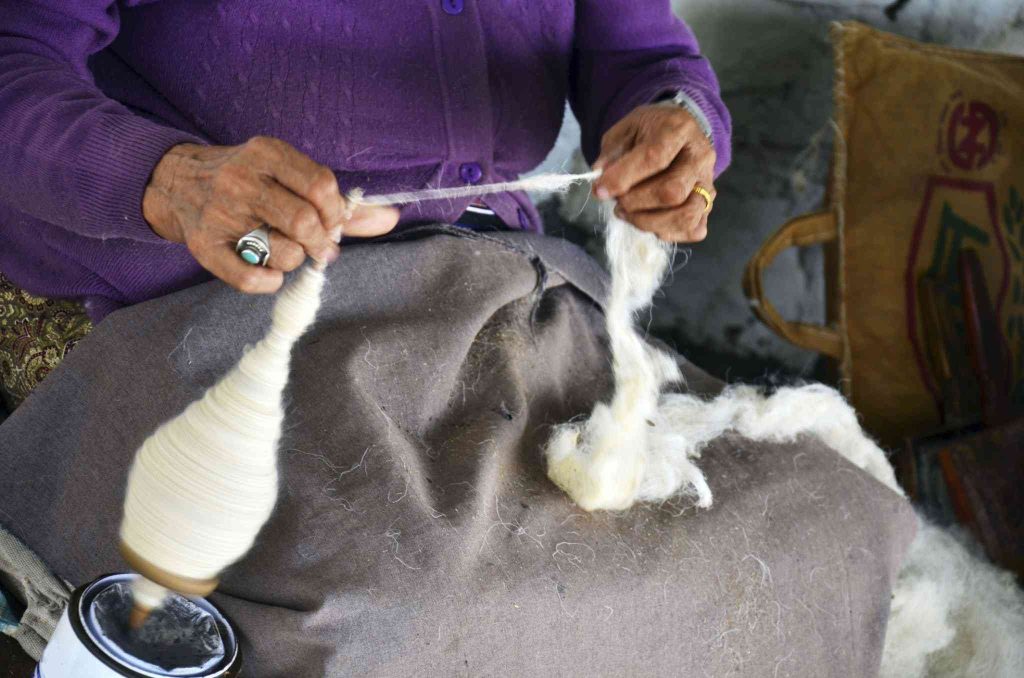Natural Dyes in Pashmina: Unveiling the Beauty and Sustainability of Organic Coloration
In a world increasingly attuned to the importance of sustainability, the realm of fashion has witnessed a profound shift towards eco-friendly practices. At the forefront of this movement is the use of natural dyes in the Pashmina industry. Beyond the intricate weaving and luxurious softness, the colors that adorn Pashmina products are now being crafted from nature’s own palette. Join us as we delve into the realm of natural dyes in Pashmina, where beauty and sustainability intertwine.
The Renaissance of Natural Dyes: A Return to Tradition
- The Allure of Natural Colors
- Rediscovering Ancient Techniques
- Nurturing the Eco-Friendly Ethos
The allure of natural colors is undeniable. These hues carry an inherent vibrancy that’s difficult to replicate with synthetic dyes. The rich earthy tones, soothing pastels, and vivid shades drawn from the natural world evoke a sense of connection to nature, bringing a unique depth to the aesthetics of Pashmina products.
The revival of natural dyeing techniques is a testament to the revival of ancient practices. Before the advent of synthetic dyes, civilizations relied on botanical, mineral, and animal sources to create dyes. By embracing these age-old techniques, the Pashmina industry is not only honoring tradition but also exploring the boundless potential of the natural world.
Nurturing the eco-friendly ethos of sustainable fashion, the use of natural dyes in Pashmina production aligns with the demand for responsible and ethical practices. These dyes are biodegradable and have a minimal environmental impact, creating a harmonious cycle that celebrates the beauty of nature without compromising its integrity.
The Art of Natural Dyeing: Merging Craftsmanship and Nature
- Botanical Bounty: Plant-Based Dyes
- Captivating Colors from Minerals
- Time-Tested Techniques of Animal-Based Dyes
Botanical sources offer a rich bounty of color possibilities for natural dyeing. From leaves and flowers to roots and barks, different parts of plants yield an array of hues. Marigold yields sunny yellows, indigo imparts rich blues, and madder root produces warm reds. The process involves extracting pigments from these sources and carefully coaxing them into the fibers.
Mineral-based dyes introduce a captivating range of earthy tones. Iron-rich minerals yield shades of rust and brown, while copper sources contribute to verdant greens. These minerals are often mordanted onto the fibers, creating a chemical bond that enhances colorfastness and longevity.
Animal-based dyes, sourced from insects like cochineal and mollusks like murex, have been used for centuries. Cochineal insects yield deep reds, while murex seashells produce regal purples. Extracting pigments from these sources involves meticulous processes, often yielding colors prized for their rarity and vibrancy.
The Sustainability Spectrum: Benefits of Natural Dyes in Pashmina
- Eco-Friendly Coloration
- Colorfastness and Aging Gracefully
- Supporting Artisan Communities
Natural dyes offer a spectrum of sustainability benefits. Unlike synthetic dyes, which can release harmful chemicals into water systems, natural dyes are biodegradable and environmentally friendly. They decompose without leaving toxic residues, ensuring that the waterways and ecosystems remain unharmed. To explore more about the sustainable practices in Pashmina production, check out our eco-friendly approach to Pashmina, where we delve deeper into how these practices benefit both the environment and artisan communities.
Colorfastness, the ability of a dye to retain its color over time, is a hallmark of natural dyes. Pashmina products dyed with natural colors tend to age gracefully, developing a patina that adds character and depth to the fabric. This quality contrasts with the fading and degradation commonly associated with synthetic dyes.
Embracing Pashmina products dyed with natural colors goes beyond personal style; it’s a choice that supports artisan communities. The production of natural dyes often involves local sourcing, benefiting farmers and artisans. This fosters a sense of community empowerment and sustains traditional livelihoods.
Challenges and Triumphs: The Path of Natural Dyes in Pashmina
- Variability and Artistic Freedom
- Overcoming Color Limitations
- A Commitment to Preservation
One of the challenges of natural dyeing lies in the variability of results. Natural dyes can be influenced by factors such as climate, soil quality, and water pH, leading to slight variations in color. However, this variability is also a testament to the uniqueness of each piece, embracing the imperfections that come with the natural world.
Overcoming color limitations is another hurdle. While synthetic dyes offer an extensive palette, natural sources have inherent limitations. Yet, this limitation is also an opportunity for creativity. Artisans have been known to experiment with different dye sources, mordants, and techniques to create an array of shades.
The commitment to preserving the environment and traditional practices often outweighs these challenges. By choosing natural dyes, the Pashmina industry invests in sustainable practices that honor nature and heritage. This commitment fosters a holistic approach to fashion that reverberates beyond aesthetics.
The Holistic Impact: Embracing Natural Dyes in Pashmina
- Aesthetic Beauty and Conscious Consumption
- Nurturing Sustainable Fashion
- Connecting with Nature’s Palette
Embracing Pashmina products dyed with natural colors isn’t just a style choice; it’s a conscious commitment to sustainable fashion. These products carry a beauty that extends beyond the surface, embodying a harmonious relationship between craftsmanship and nature. Each piece becomes a canvas that tells a story of eco-friendly elegance.
Choosing natural dyes isn’t just about what we wear; it’s about the world we want to create. By supporting the use of natural dyes in Pashmina production, we nurture sustainable practices and advocate for responsible consumption. This choice resonates with a global movement towards fashion that respects the environment and values artisanal traditions.
As you wrap yourself in a Pashmina dyed with natural colors, you’re enveloped in the hues of the natural world. The gentle rustle of leaves, the vibrancy of flowers, and the warmth of earthy minerals become an integral part of your ensemble. You’re not just wearing a garment; you’re wearing a piece of nature’s palette, a testament to the beauty and sustainability of organic coloration.
In Conclusion: Weaving Nature’s Palette into Pashmina
- Celebrating Nature’s Colors
- Fostering Sustainable Elegance
- Pashmina’s Journey into an Eco-Friendly Future
The use of natural dyes in Pashmina production is a journey that transcends mere fashion. It’s an exploration of the possibilities offered by the natural world, a revival of ancient techniques, and a commitment to sustainable practices. As we drape ourselves in these creations, we’re not just adorning ourselves; we’re honoring the beauty of nature and contributing to the evolution of a more sustainable and elegant future. To further understand how craftsmanship enhances these exquisite products, explore the art of blocking in shaping and perfecting Pashmina products.


